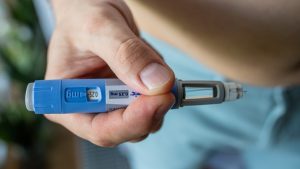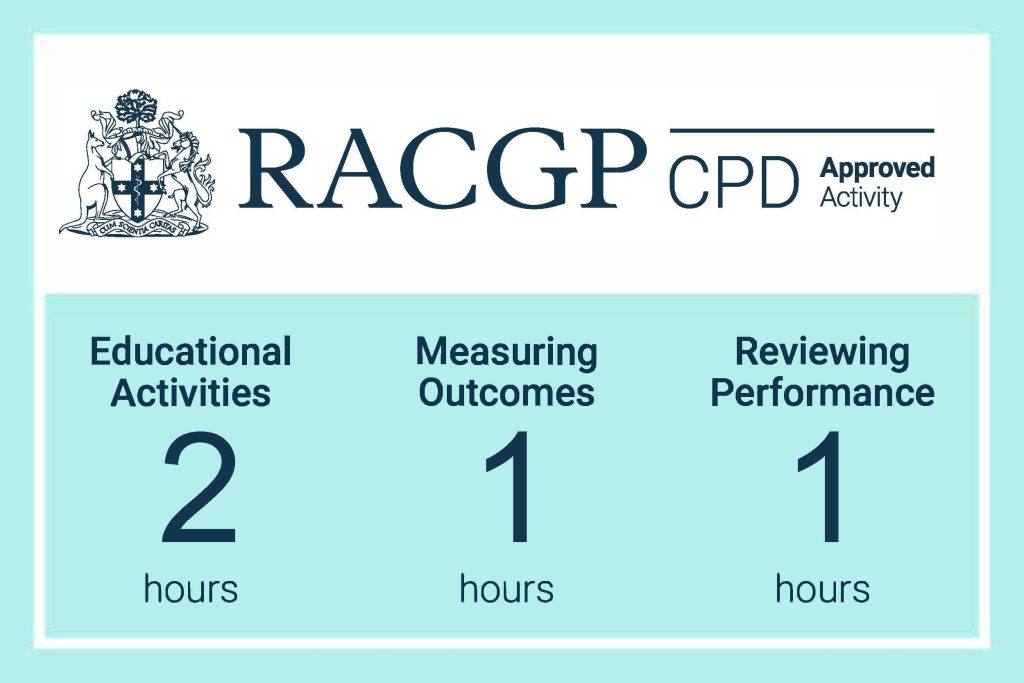Articles / Cutaneous Biopsies in General Practice

0 hours
These are activities that expand general practice knowledge, skills and attitudes, related to your scope of practice.
0 hours
These are activities that require reflection on feedback about your work.
0 hours
These are activities that use your work data to ensure quality results.
These are activities that expand general practice knowledge, skills and attitudes, related to your scope of practice.
These are activities that require reflection on feedback about your work.
These are activities that use your work data to ensure quality results.
Cutaneous disorders are among the most common conditions presented to primary care doctors. Many are easily identifiable and may be dealt with effectively without the need for cutaneous biopsy. Nevertheless, in many instances the diagnosis is not obvious on clinical grounds. The rash may display atypical features or may not respond to therapy as predicted.
In these cases, and when dealing with cutaneous tumours or worrying pigmented lesions, cutaneous biopsy with histological assessment becomes necessary.
The art of cutaneous biopsy is to derive the maximum amount of information from the minimum amount of tissue, causing least discomfort to the patient. This will be achieved if due regard is given to the advantages and shortcomings of the various techniques available for biopsying cutaneous tissue, and if the pathologist is supplied with a good clinical history.

Menopausal Hormone Therapy - What Dose of Estrogen is Best?

Cardiovascular Benefits of GLP1s – New Evidence

Oral Contraceptive Pill in Teens

RSV and the Heart



Modified but kept in place
Eliminated entirely without replacement
Maintained as is
Completely replaced with an alternative system
Listen to expert interviews.
Click to open in a new tab
Browse the latest articles from Healthed.
Once you confirm you’ve read this article you can complete a Patient Case Review to earn 0.5 hours CPD in the Reviewing Performance (RP) category.
Select ‘Confirm & learn‘ when you have read this article in its entirety and you will be taken to begin your Patient Case Review.
Menopause and MHT
Multiple sclerosis vs antibody disease
Using SGLT2 to reduce cardiovascular death in T2D
Peripheral arterial disease
